.jpg)



.jpg)
Indoor hydroponics offers a revolutionary way to grow plants without soil, making it an appealing choice for urban gardeners and those with limited outdoor space. This article explores the various types of indoor hydroponic systems, from simple wick systems to advanced aeroponics, highlighting how each method works and their unique benefits. Essential factors like nutrients, plant selection, and common challenges will also be discussed, equipping you with the knowledge to cultivate a thriving indoor garden. Dive in to discover the future of gardening!
Indoor hydroponic systems function by creating an optimal environment for plant growth through controlled nutrient delivery and management of environmental factors. These systems utilise various methods to ensure that plants receive the right balance of water, nutrients, and oxygen, all of which are essential for effective nutrient uptake and overall health.
By controlling water temperature and monitoring environmental conditions, hydroponic systems can prevent common issues such as root rot and system failures, making them a suitable option for both novice and experienced growers.

There are several types of indoor hydroponic systems, each designed to meet different growing requirements and conditions, and each offering its own benefits and operational methods.
Wick Systems offer a simple and cost-effective method for hydroponics, utilizing capillary action to draw nutrient solutions from a reservoir into the growing medium. This makes them an excellent choice for beginners interested in hydroponic gardening.
Setup Requirements:
Benefits:
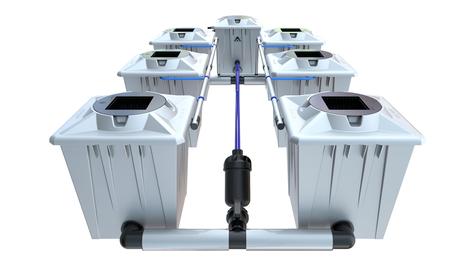
Deep Water Culture (DWC) is a hydroponic system that efficiently supports plant growth by suspending their roots in a nutrient-rich water solution. Air pumps supply oxygen to the roots, preventing rot and promoting rapid growth.
Setup Requirements:
Benefits:
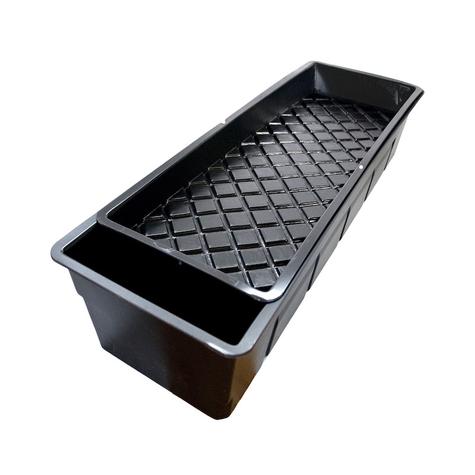
The Nutrient Film Technique (NFT) is a hydroponic method for distributing nutrients that allows a thin film of nutrient solution to flow over the roots of plants, facilitating nutrient uptake in a recirculating manner.
Setup Requirements:
Benefits:
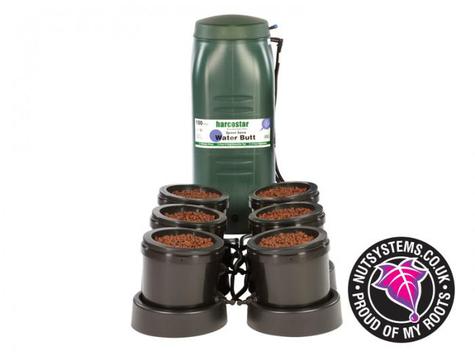
Ebb and Flow systems, also known as flood and drain systems, operate by periodically flooding a growing tray with nutrient solution and then draining it back into a reservoir.
Setup Requirements:
Benefits:
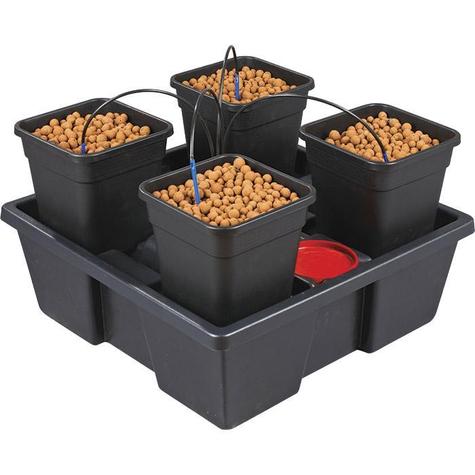
Drip systems are an efficient method for delivering nutrients to plants by utilizing drip emitters. These systems provide a consistent supply of nutrient solution directly to the roots.
Setup Requirements:
Benefits:
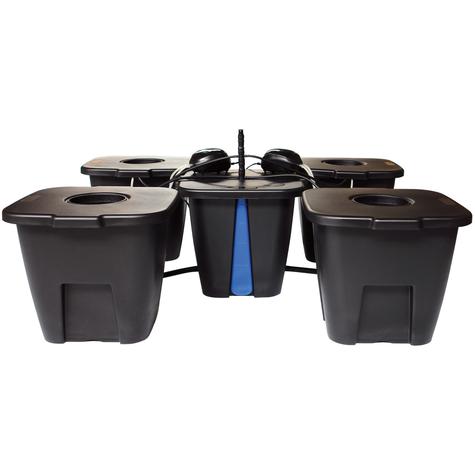
Aeroponics is an advanced hydroponic method in which plant roots are suspended in air and periodically misted with a nutrient solution.
Setup Requirements:
Benefits:
A comparison of hydroponic systems reveals the advantages and disadvantages of various methods, emphasizing their suitability for different growing environments and the potential for system failures.
Deep Water Culture (DWC)
Nutrient Film Technique (NFT)
Wick Systems
Ebb and Flow
Drip Systems
Aeroponics
Setting up an indoor hydroponic system involves careful planning and gathering the necessary equipment. Ensure you have a grow light, nutrient reservoir, pumps, and the appropriate growing medium.
The success of indoor hydroponics systems greatly depends on the careful selection and management of nutrients, delivered through a balanced nutrient solution tailored to meet the specific requirements of various plants and growing systems.
Selecting the appropriate plants is a crucial aspect of hydroponics, as each plant species has unique growing conditions and specific nutrient requirements that must be met for them to thrive in a soilless environment.
Indoor hydroponic gardening offers numerous advantages, including faster growth, higher yields, more efficient water usage, and optimal use of limited space. These benefits make it an excellent choice for both novices and experienced growers.
Indoor hydroponics presents several disadvantages, such as an increased risk of system failures, potential nutrient deficiencies, and the complexity involved in managing environmental controls.
Exploring different types of indoor hydroponic systems allows you to find the best fit for your specific needs and preferences. It also allows you to experiment with different techniques and plants, leading to a better understanding of hydroponic gardening.
The main types of indoor hydroponic systems include deep water culture, ebb and flow, drip system, nutrient film technique, and wick system. Each system has its own advantages and disadvantages, so it's important to research and choose the one that suits your needs and space.
Most plants can be grown in indoor hydroponic systems, but some may not thrive as well as others. Leafy greens, herbs, and small fruits like strawberries are typically the best choices for hydroponic gardening. Root vegetables and larger plants may require more specialized systems.
Yes, you will need some basic equipment for setting up an indoor hydroponic system, such as a grow light, reservoir, pumps, and growing medium. You may also need specific tools depending on the type of system you choose. It's important to research and gather all necessary equipment before starting your hydroponic garden.
Maintaining an indoor hydroponic system involves regularly checking and adjusting the nutrient levels, pH levels, and water levels in the reservoir. You will also need to monitor and control the temperature, humidity, and lighting to ensure optimal growing conditions for your plants.
Some common mistakes to avoid include using the wrong type of growing medium, not properly sterilizing equipment, neglecting to check and adjust nutrient levels, and not providing enough light or ventilation. It's important to do thorough research and follow instructions carefully to avoid potential mistakes and ensure successful hydroponic gardening.